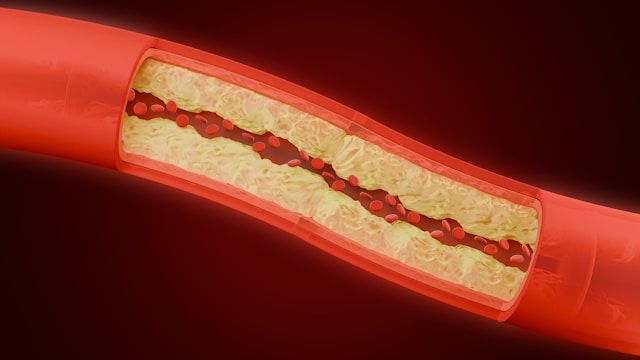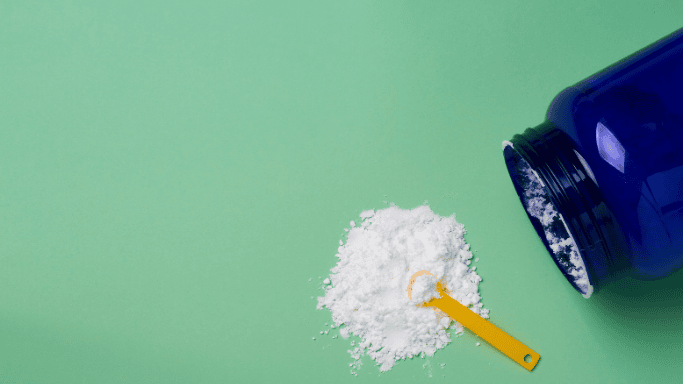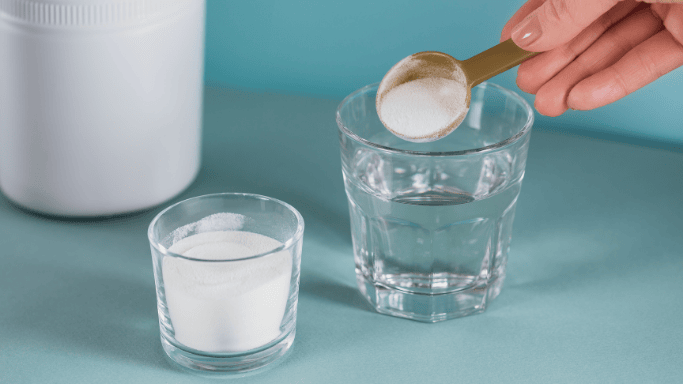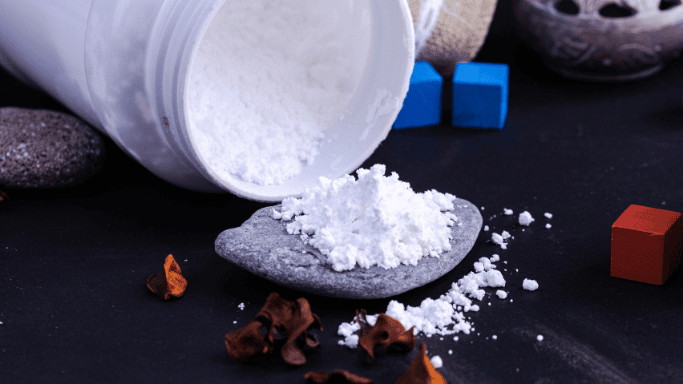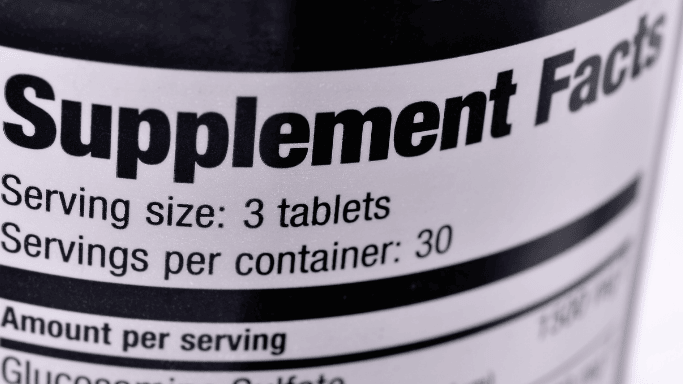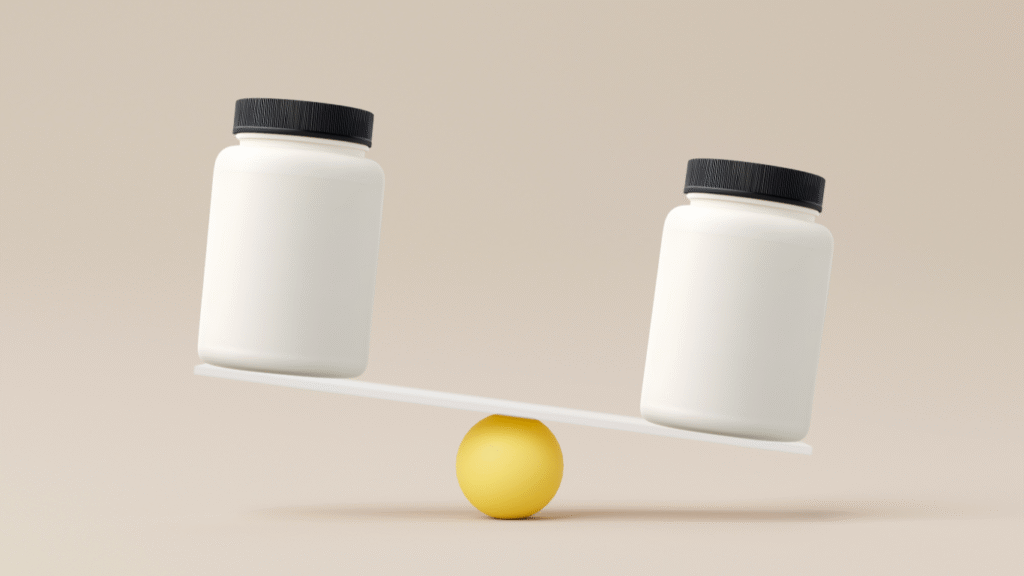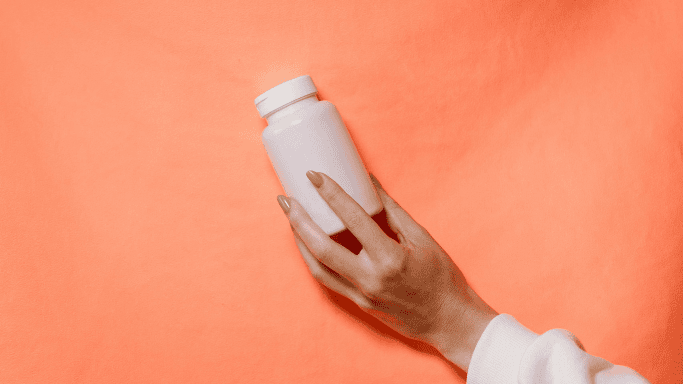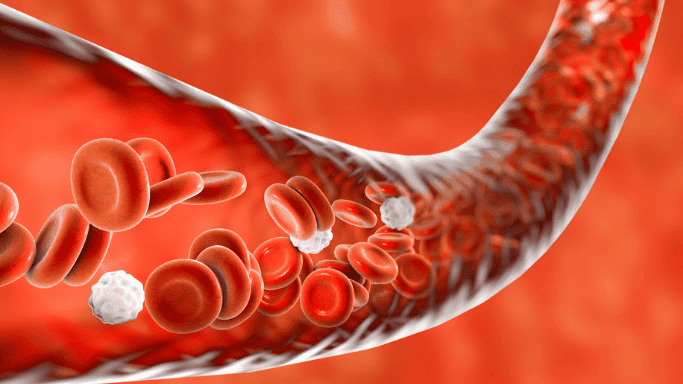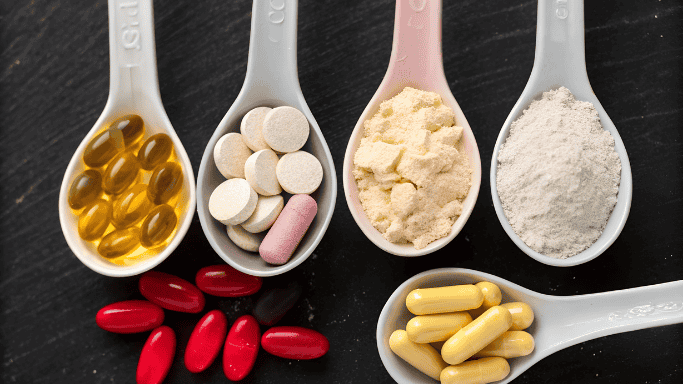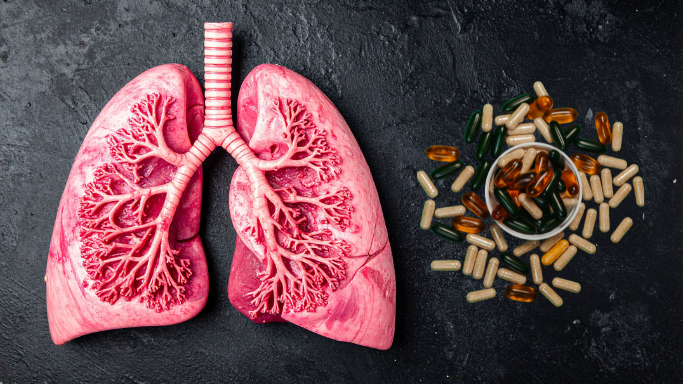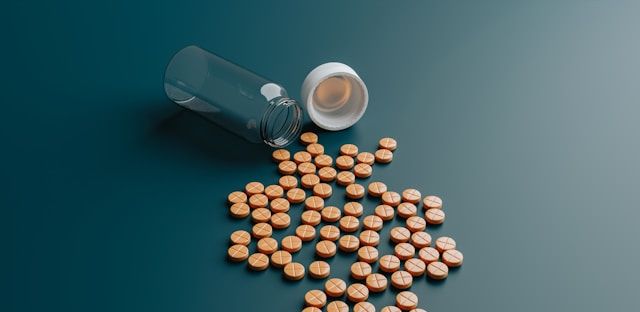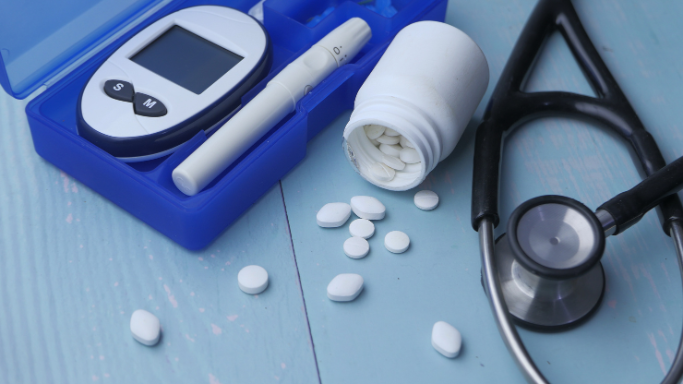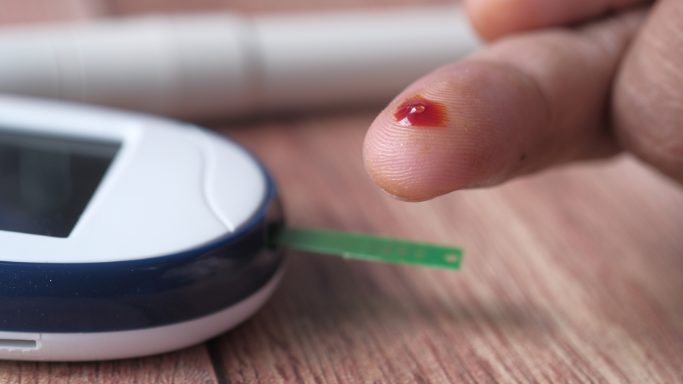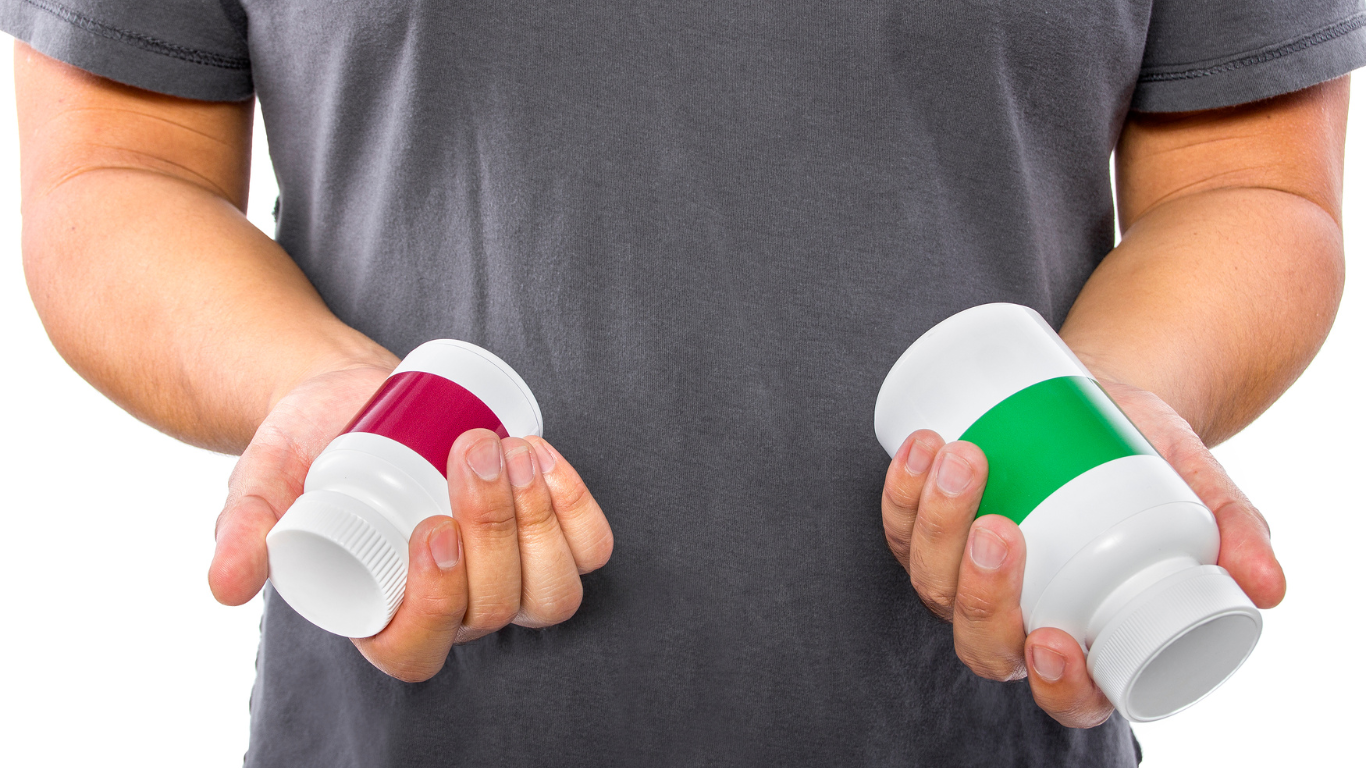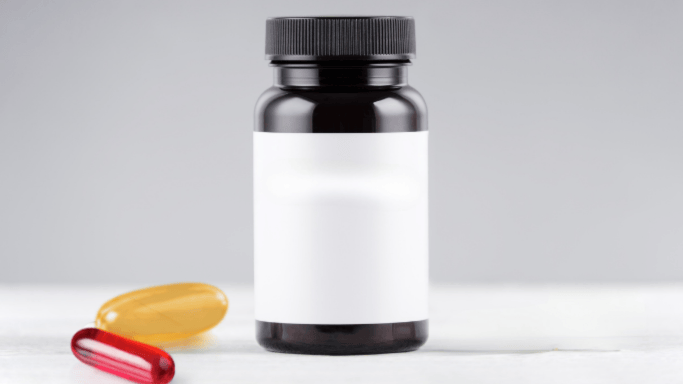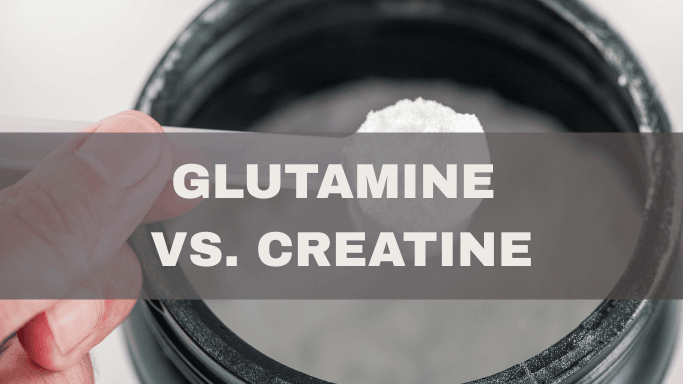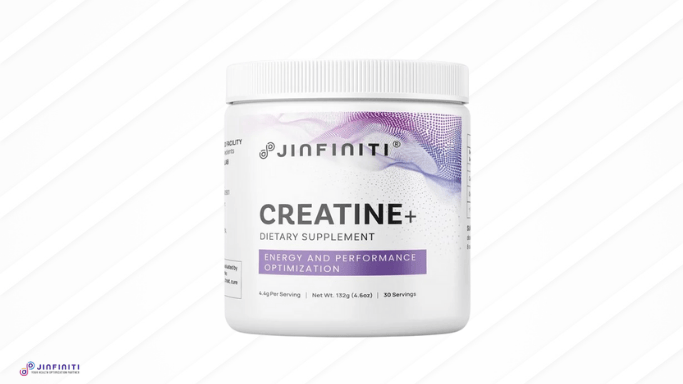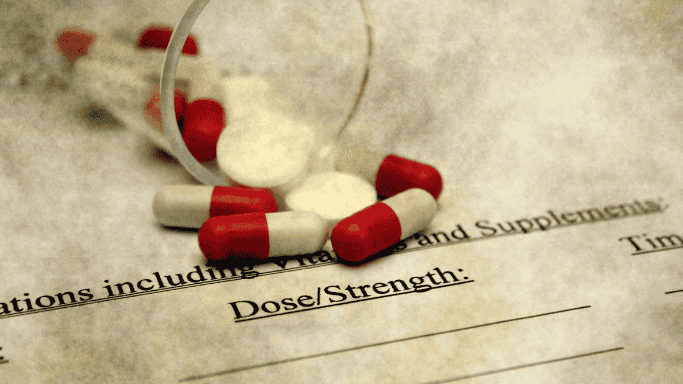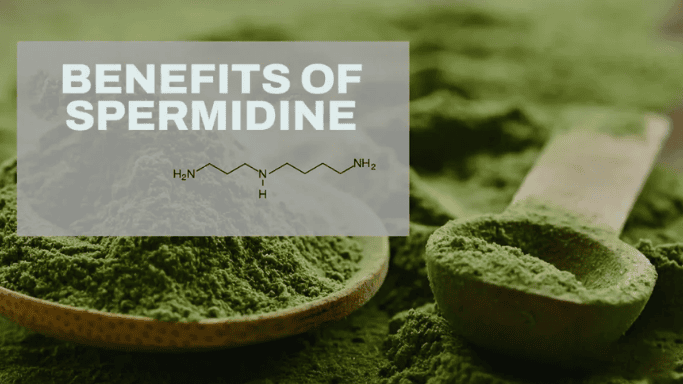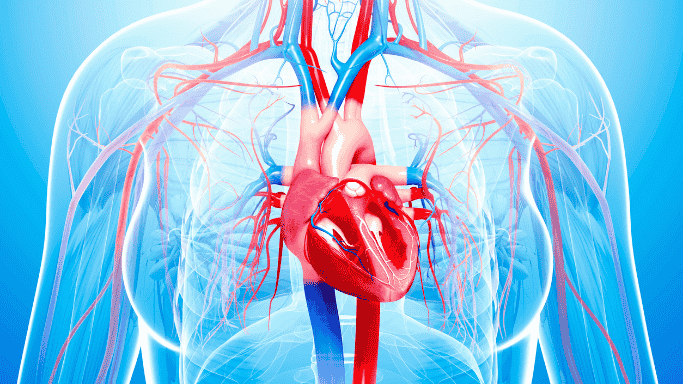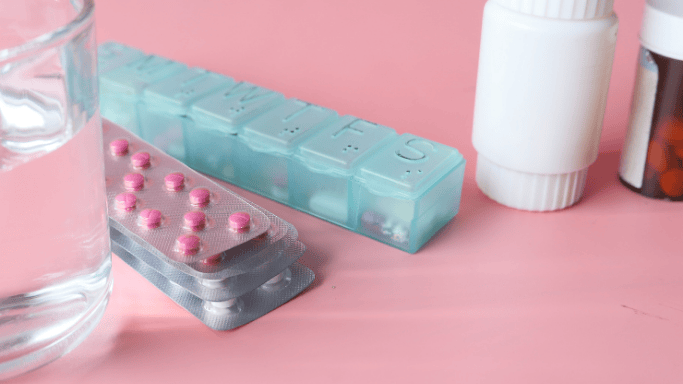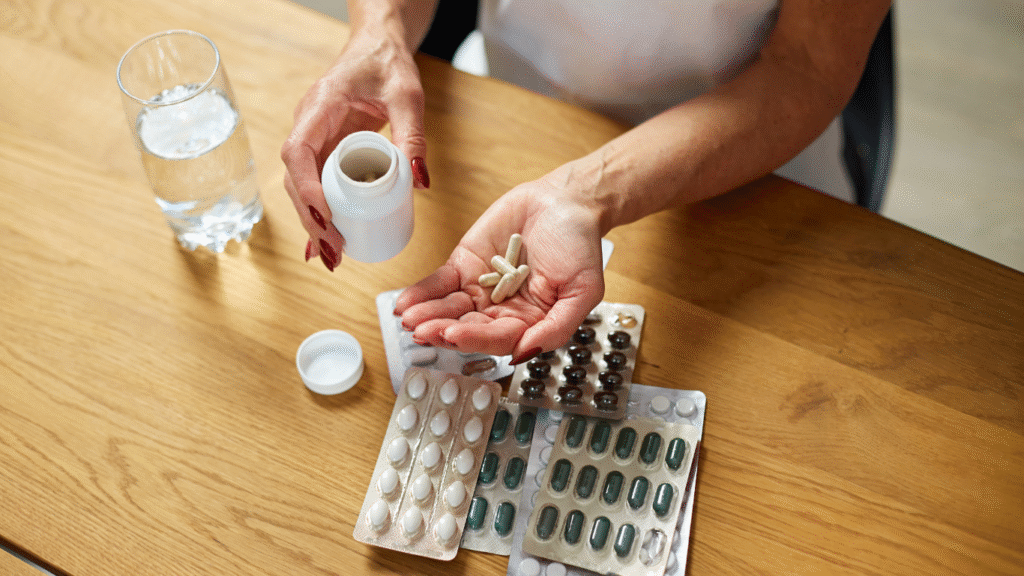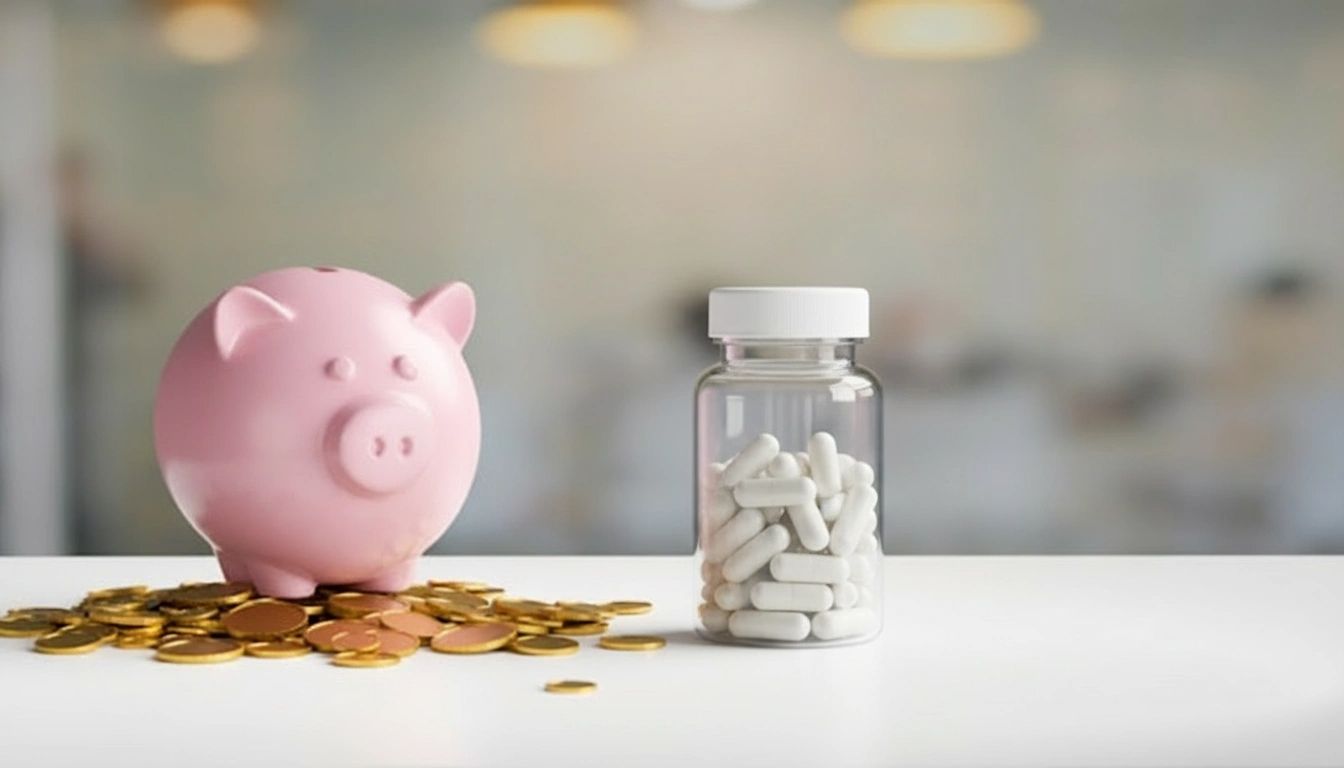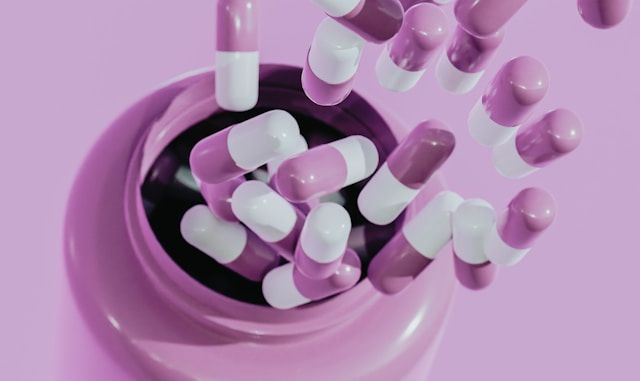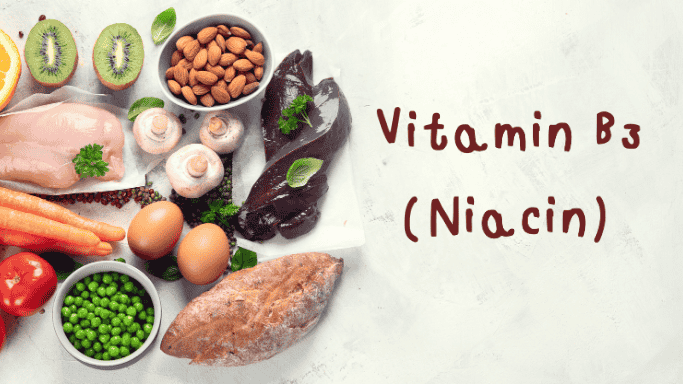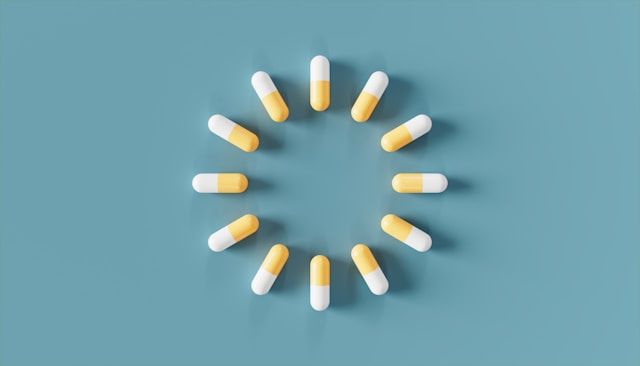Niacin for Cholesterol: More Harm Than Good?
For decades, niacin (vitamin B3) held a prestigious position as one of the first treatments for high cholesterol. Doctors prescribed it confidently, knowing that niacin may help lower cholesterol levels while raising good HDL.
But new findings suggest this B vitamin might be doing more harm than good.
Key Takeaways
- Major medical organizations no longer recommend niacin for cholesterol treatment due to safety concerns
- Recent research shows niacin creates a harmful compound called 4PY that doubles heart attack and stroke risk
- Niacin causes uncomfortable flushing and can lead to serious side effects including liver damage
- Safer alternatives like statins, lifestyle changes, and natural approaches are more effective for heart health
The Rise and Fall of Niacin for Cholesterol
Niacin became popular for cholesterol management because it seemed to address multiple lipid problems at once.
Unlike other treatments that focused on just one aspect of cholesterol, niacin could:
- Lower LDL (bad) cholesterol by 15-25%
- Raise HDL (good) cholesterol by 20-35%
- Reduce triglycerides by 20-50%
- Decrease lipoprotein(a), another cardiovascular risk factor
This comprehensive lipid profile improvement made niacin appear ideal for managing hyperlipidemia. Clinical trials in the 1970s showed promise, leading to widespread adoption in cardiology practices1.
The Niacin Paradox Emerges
Something puzzling began emerging in later studies. Despite niacin’s impressive ability to improve cholesterol numbers, patients weren’t experiencing the expected reductions in heart attacks and strokes.
Large-scale trials like AIM-HIGH and HPS2-THRIVE found that adding niacin to statin therapy provided no additional cardiovascular benefits. Even worse, some studies suggested increased mortality rates among niacin users2.
This disconnect between cholesterol improvement and clinical outcomes became known as the “niacin paradox.” Scientists suspected niacin was causing some unknown adverse effect that counteracted its cholesterol benefits.
Recent studies have revealed hidden cardiovascular risks that explain why niacin failed to deliver the expected heart protection despite improving cholesterol numbers.
2024 Research: The 4PY Discovery
Cleveland Clinic researchers finally solved the niacin mystery with a landmark study published in Nature Medicine3.
Dr. Stanley Hazen and his team discovered that when your body processes excess niacin, it creates a harmful compound called 4PY (N1-methyl-4-pyridone-3-carboxamide). This metabolite directly promotes vascular inflammation, which damages blood vessels and accelerates atherosclerosis.
Niacin, also known as nicotinic acid, was originally thought to reduce the risk of cardiovascular events through its cholesterol-lowering properties. However, the 4PY pathway reveals why this didn’t translate to clinical benefits.
The Inflammatory Pathway
The 4PY metabolite triggers inflammation by increasing VCAM-1, a protein that helps inflammatory cells stick to blood vessel walls. This process contributes to plaque formation and increases cardiovascular disease risk.
People with 4PY levels in the top 25% had double the risk of major cardiac events over three years compared to those with the lowest levels. The inflammation was so severe that researchers could see it with the naked eye in laboratory studies.
This harmful effect appears to be dose-dependent, meaning the amount of niacin consumed directly influences 4PY production and cardiovascular risk.
One in Four Americans Affected
Perhaps most alarming, the study found that 25% of Americans have elevated 4PY levels, suggesting widespread overconsumption of niacin4.
This occurs because niacin is added to many fortified foods like cereals, flour, and oats. Combined with supplement use, many people consume far more than the recommended 14-18 mg daily amount.
How Much Niacin Becomes Dangerous?
The safe upper limit for niacin from supplements is just 35 mg daily for adults.
Therapeutic doses used for cholesterol management typically range from 1,500-2,000 mg daily – roughly 100 times higher than recommended dietary amounts. These massive doses overwhelm your body’s ability to process niacin safely.
Sources of Excess Niacin
Common sources contributing to niacin overload include:
- Fortified breakfast cereals
- Enriched flour products
- Over-the-counter niacin supplements
- Foods like meat, fish, and nuts
- Energy drinks and vitamin waters
The body treats excess niacin like water overflowing from a bucket. Once saturated, it must process the overflow, creating potentially harmful metabolites like 4PY.
Current Medical Guidelines
Major medical organizations have quietly moved away from recommending niacin for cholesterol management.
American Heart Association Position
The 2018 AHA/ACC cholesterol guidelines state that randomized controlled trials “do not support the use of triglyceride-lowering drugs [including niacin] as add-on drugs to statin therapy.5“
Statin-First Approach
Current guidelines now recommend statins as the first-line treatment for managing blood cholesterol. If statins alone aren’t sufficient, doctors typically add:
- Ezetimibe (Zetia)
- PCSK9 inhibitors like alirocumab (Praluent) or evolocumab (Repatha)
- Bempedoic acid (Nexletol) for statin-intolerant patients
Niacin is rarely prescribed anymore except in very specific circumstances where other treatments have failed.
Possible Side Effects of Niacin
Beyond the newly discovered 4PY pathway, niacin can cause numerous uncomfortable and potentially serious side effects.
The Niacin Flush
Most people experience intense skin flushing within 15-30 minutes of taking niacin. This reaction includes:
- Red, warm face and neck
- Tingling or burning sensation
- Itching and skin irritation
While the niacin flush typically subsides within a week of regular use, it causes many people to stop treatment.
Serious Side Effects
Higher doses can cause more concerning reactions:
- Liver damage and elevated liver enzymes
- Stomach ulcers and gastrointestinal bleeding
- Blood sugar changes that can worsen diabetes
- Low blood pressure and heart rhythm abnormalities
- Muscle damage similar to statin-related problems
Drug Interactions
Niacin can interact dangerously with diabetes medications, blood thinners, and blood pressure drugs. Never take high-dose niacin without medical supervision.
Better Alternatives for Cholesterol Management
Modern medicine offers safer, more effective options for managing high cholesterol.
Lifestyle Interventions
Diet and exercise remain the foundation of cholesterol management:
- Mediterranean-style eating patterns rich in fiber, healthy fats, and plant sterols
- Regular aerobic exercise (aim for 150 minutes weekly)
- Weight management and smoking cessation
Proven Medications
When lifestyle changes aren’t enough, evidence-based medications include:
- Statins – First-line treatment that reduces LDL cholesterol by 30-50% and significantly lowers cardiovascular disease risk
- Ezetimibe – Blocks cholesterol absorption and can reduce LDL by 15-25% when added to statins
- PCSK9 inhibitors – Injectable medications that can lower LDL by 50-60% in high-risk patients
Natural Ways to Support Heart Health
Rather than risking niacin’s potential dangers, consider these science-backed natural approaches.
Diet and Exercise
The foundation of heart health remains proper nutrition and regular physical activity. These lifestyle interventions can significantly impact cholesterol levels without medication risks.
Heart-healthy eating patterns include:
- Mediterranean-style diets rich in olive oil, nuts, and fish
- Plenty of soluble fiber from oats, beans, and vegetables
- Limited saturated fats and zero trans fats
- Plant-based proteins and lean meats
Exercise recommendations for cardiovascular health:
- At least 150 minutes of moderate aerobic activity weekly
- Strength training exercises twice per week
- Even brisk walking for 30 minutes daily can lower LDL cholesterol by 5-10%
Evidence-Based Natural Options
Several natural approaches show promise for cholesterol management:
- Plant sterols and stanols – Can reduce LDL cholesterol by 6-12%
- Soluble fiber from oats, beans, and psyllium
- Omega-3 fatty acids from fatty fish or quality supplements
- Green tea extract with EGCG antioxidants
Cellular Energy Support
NAD+ levels decline with age, potentially affecting cardiovascular health. Unlike high-dose niacin, NAD+ supplementation may support heart health without the inflammatory risks6.
However, niacin can elevate NAD+ levels too high, which may not provide additional benefits and could potentially be harmful. If you’re currently taking niacin, consider getting an intracellular NAD test to verify your levels are within the optimal range.
Anti-Inflammatory Support
Since inflammation plays a central role in cardiovascular disease, you may consider natural anti-inflammatory compounds:
Turmeric with enhanced bioavailability may help reduce systemic inflammation that contributes to heart disease. The combination of curcumin, boswellia, and ginger found in our Turmeric+ provides comprehensive anti-inflammatory support.
Quercetin and other flavonoids also show promise for supporting cardiovascular health through their antioxidant and anti-inflammatory properties.
Bottom Line: Should You Take Niacin for High Cholesterol?
The evidence is clear: niacin for cholesterol management carries significant risks that outweigh any potential benefits.
The discovery of the 4PY metabolite explains why niacin failed to deliver on its cholesterol-lowering promise. This harmful compound promotes the very inflammation and vascular damage that leads to heart attacks and strokes.
A Safer Path Forward
If you’re currently taking niacin for cholesterol, don’t stop abruptly. Work with your healthcare provider to transition to safer, more effective treatments.
Focus on proven strategies like lifestyle modifications, appropriate medication when needed, and targeted nutritional support that addresses the root causes of cardiovascular disease.
Rather than forcing your cholesterol numbers down with potentially harmful compounds, consider supporting your body’s natural cellular energy production and inflammatory response. Testing your NAD levels and addressing any deficiencies may provide cardiovascular benefits without the risks associated with high-dose niacin.
The goal isn’t just better cholesterol numbers – it’s genuine cardiovascular health and longevity. Modern medicine offers us that opportunity through safer, more effective approaches than the niacin protocols of the past.
- https://www.nejm.org/doi/full/10.1056/NEJMoa1107579 ↩︎
- https://www.sciencedaily.com/releases/2013/03/130311101827.htm ↩︎
- https://www.nature.com/articles/s41591-023-02793-8 ↩︎
- https://www.nih.gov/news-events/nih-research-matters/how-excess-niacin-may-promote-cardiovascular-disease ↩︎
- https://www.ahajournals.org/doi/10.1161/cir.0000000000000625 ↩︎
- https://pmc.ncbi.nlm.nih.gov/articles/PMC5966770/ ↩︎
